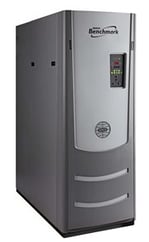
Hint: The answer is Yes!
Well, I spilled the beans in the title, didn’t I? But how is it that I can make such a blanket statement? I am a mechanical engineer, I know mechanical engineers, I’ve been a partnering consultant for engineers for over 15 years for boiler systems, and I’ve worked with some of the best boiler manufacturers in the industry. One thing that I have learned is that no one wants to take unnecessary risks. I had one engineer point out that he had never in his long career received a phone call from a client telling him they had too much heat or hot water. And if you get that call saying they do not have enough heat, then that usually indicates an expensive mistake.
By the nature of our business, no one wants to risk under-sizing a system by design. And let us agree that is would be impossible to size a system exactly perfect; there are just too many variables. So, if it is not under-sized, and it is not perfect, then by simple deduction it must be oversized. But how over-sized is it? Whether or not it is a good thing is up for a separate discussion. Certainly, we cannot blame designers for making the conscious decision to err on the side of caution. Plus, oversizing is inherent in the design and selection of the system.
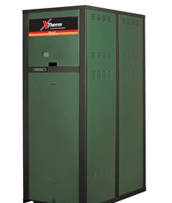 So, how is a boiler system sized and equipment selected? First, the engineer determines the total heating load (or heat energy needed) for the building. This load considers the worst expected climate condition for the geographical area of the installation. (By the way, in most cases the worst conditions are only ever realized for less than 12-hours a year!) The load also assumes no internal heat gains, meaning there is nothing else in the building that would give off heat that would lower the heating responsibility of the boiler system (such as the building being unoccupied and all equipment like desk heaters or computers are turned off).
So, how is a boiler system sized and equipment selected? First, the engineer determines the total heating load (or heat energy needed) for the building. This load considers the worst expected climate condition for the geographical area of the installation. (By the way, in most cases the worst conditions are only ever realized for less than 12-hours a year!) The load also assumes no internal heat gains, meaning there is nothing else in the building that would give off heat that would lower the heating responsibility of the boiler system (such as the building being unoccupied and all equipment like desk heaters or computers are turned off).
When determining the total heating load, a diversity factor may be employed. This means that a portion of the total heating load may be removed from the equipment sizing considerations. There may be circumstances where the engineer knows that the total load calculated will never be needed due to how the building is used. In my experience, diversity is rarely considered for heating.
Once the total heating load for the building is determined, then equipment may be selected. Let us say, for example, that the total heating load calculated is 12,690-MBH. Commercial heating boilers are typically manufactured for round number capacities, such as 1500-MBH, 2000-MBH, 3000-MBH, 4000-MBH, and 6000-MBH. It should be obvious that no combination of these numbers will add up to 12,690. So, a combination multiple boilers with capacities totaling greater than that number are selected. Sometimes, the excess capacity will effectively give the system at least one standby boiler for the vast majority of the year.
Again, oversizing is not necessarily a bad thing, and in most cases it is good. But grossly over-sized boiler plants could present operational problems and may cause inefficient operation if not controlled properly. Check your system on the coldest day of the year. How close is it to running at 100%? What does this mean for your system? Be sure to reach out to your system designer or boiler equipment supplier for help. Better understanding of your boiler system’s operation and performance on a design day may help you address issues and educate you for decisions down the road.
Post originally appeared in January 2016

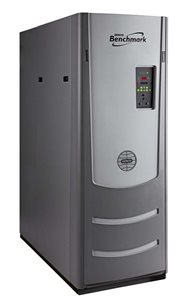

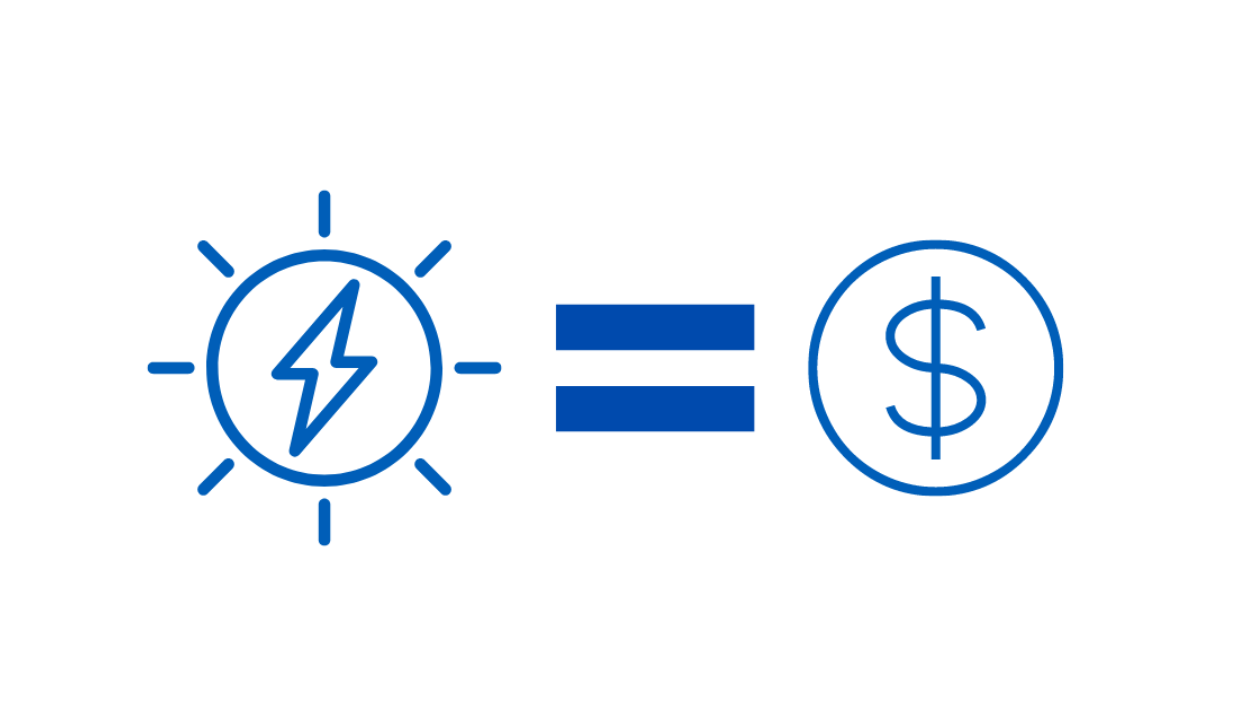
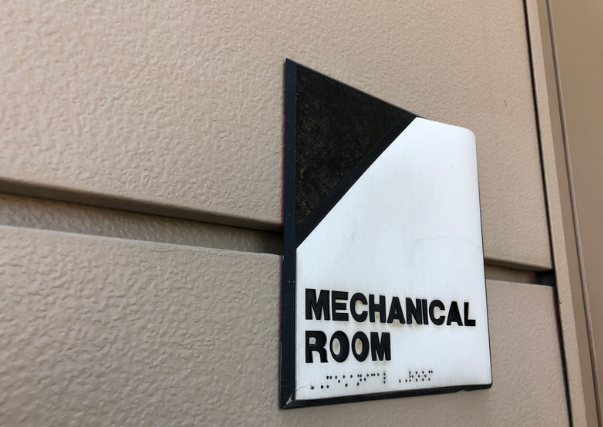




Submit a Comment